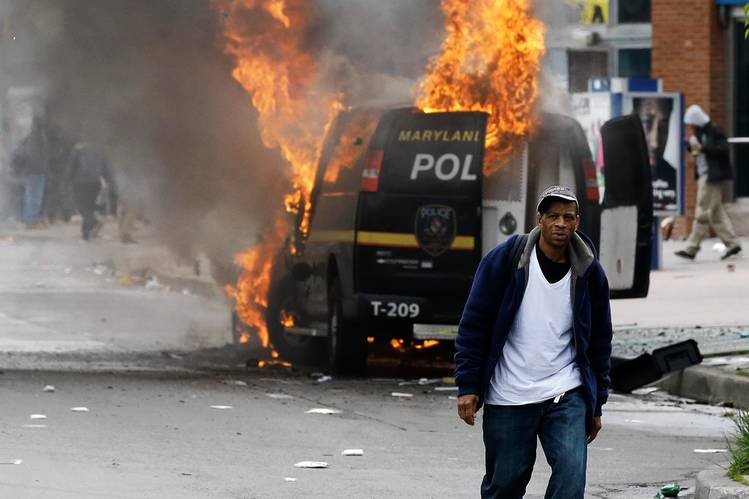
The Intelligence Commanders Group (ICG) of the Major Cities Chiefs Association (MCCA) has published an after-action review on the 2020 protests and civil unrest that erupted on May 26th, 2020 as a result of the in-custody death of George Floyd and continued to erupt in major cities across the United States and Canada throughout the summer of 2020. The MCCA ICG’s report has been approved for public release.

The MCCA ICG’s after-action review compiled survey data from 68 major cities and counties in a reporting timeframe of May 25th to July 31st, 2020, during which an unprecedented 8,700 total protest events occurred.

The report may be of interest to local jurisdictions who may not have experience with the scale and frequency of protest events seen this year, and who are seeking summary data, as well as guidance from the lessons learned by major cities and metro areas during the civil unrest in the summer of this year.

Interesting findings include:
- Violence was limited to only 7 percent of all protest events in the reporting period.
- Major city law enforcement agencies arrested 16,241 individuals during protest-related events. Nearly 17 percent (2,735) of these arrests were for felony offenses.
- More than half (53 percent) of all agencies reported that their District Attorney’s Office elected not to prosecute protest-related cases. Approximately 52 percent of major city law enforcement agencies reported having to re-arrest suspects at least once at different protest-related events.
Major city and county law enforcement agencies identified and rank ordered the most significant challenges they faced during the protest events. The three top-ranking challenges were:
- Lack of community trust in law enforcement agencies.
- Lack of support from elected officials.
- Low officer morale.
The law enforcement agencies surveyed also identified and prioritized key areas for improvement. The three top-ranking areas were:
- Community outreach. Due to the nature of the protests being anti-police, many protest organizers and groups were unwilling to work with police. In this situation, the presence of neutral actors to act as liaisons between police and protest groups to facilitate some sort of communication becomes critical.
- Increased funding. Funds would be necessary for responsible reforms and the need for improved training
- Accurate media reporting. Media outlets tended to focus their reporting on the violence and events where police use-of-force was used. This encouraged a false narrative that law enforcement agencies were disproportionate in their response.
The full report provides more in-depth information about the nature of the violence, protester tactics, law enforcement response tactics, public perception, and looking ahead to best practices for law enforcement response to future protest events and civil unrest.
The report is presented in full below. It’s quite a read so there is a convenient PDF available for download.

